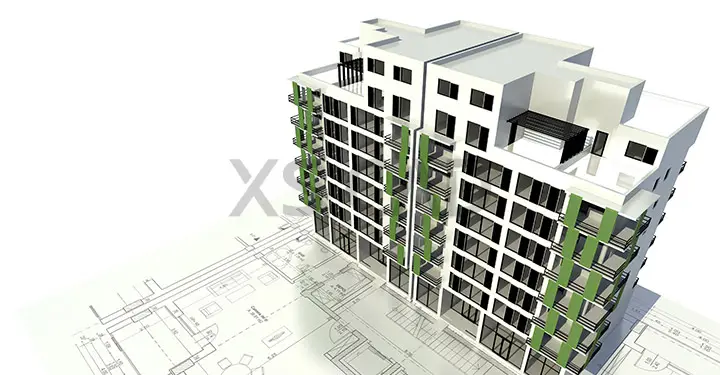Our Articles

3D Building Information Modeling Facilitates Accurate Cost Estimation to Avoid Budget Overruns
Building Information Modelling (BIM) has transformed the process of construction, bringing with it a wave of benefits. The use of BIM technology and BIM services in the segment of quantification has resulted in more accurate cost estimates and updates that are generated quickly and easily. This, in turn, eliminates or minimises budget overruns. With the right partner delivering reliable, precise architectural BIM modelling and residential BIM modelling services, construction firms can look forward to fewer unknowns and greater savings.
As the property owners increasingly demand timely and in-budget completion of projects, all the key stakeholders are adopting 3D BIM modelling processes to achieve the same. Whilst the traditional design-bid-build project delivery methods are still used regularly by the AEC industry, these AEC firms risk cost overruns. Furthermore, the risk factor escalates with the complexity and scale of the project. As the core team consists of professionals from highly diverse trades, the collaborative BIM workflows, when used within the design-build and integrated project delivery (IPD) frameworks, help avoid drastic cost overruns.
Key advantages of BIM Modeling over non-BIM 3D Modelling
The cost estimates derived from conceptual BIM designs ensure feasible decisions are made early in the design and planning process, which, in turn, govern the eventual project cost. As a result, such a valuable cost feedback in the initial stages of the project helps build a strong foundation for the latter stages of the project. Moreover, since the combination of 3D BIM workflow and IPD brings together all the multidisciplinary professionals during the pre-construction phase, such precise cost estimations keeps all the major stakeholders well informed about the financial implications of their decisions. More importantly, this risk and reward-sharing framework facilitates smooth information-sharing and better decision-making so as to keep the project on-track and within budget.
In order to realise the benefits of cost estimation during the design phase, it is critical to integrate the BIM models with an external database which contains costing information relating to quantity takeoffs. Compared to the traditional method of cost estimation, BIM-led cost feedback improves accuracy, offers time savings, and increases the speed of estimation. Whilst setting up BIM-based cost estimating the workflow requires planning, its benefits overshadow the time and effort required to do so.

Information is power and the power of information generated in architectural BIM modelling provides for better cost control and forecasting. Here’s how:
So, how do quantities and material definitions information transfer from a BIM model to a cost estimating system?
An integration strategy based on estimating a firm’s workflow, costing solutions and pricing databases can be the way forward. Some of the broad categories of integration processes include the following:
On the whole, detailed quantity takeoffs resulting from BIM models help key decision makers consider several what-if scenarios and compare the cost impact of each alternative during all phases of design and construction. These detailed cost estimates also enable key project stakeholders to assess the deviation in cost from the planned budget at every stage and make all necessary corrections.
Accordingly, reliable and experienced 3D CAD design services providers can deliver BIM-driven cost estimation services for the entire project team to share budget-related inputs, perform cost-benefit analysis of multiple design options collaboratively, and most importantly, curb time-consuming design conflicts.
Availing of offshore BIM services is all the rage, and not without reason. With a vast bank of technically qualified, experienced professionals who deliver accurate architectural BIM modelling and residential BIM modelling on time and within budget, offshore BIM services providers in countries such as India can help Western firms rely on accurate cost estimation that will help them avoid costly and unplanned budget overruns.
XS CAD has valuable experience providing BIM services for global construction projects. Our range of services for construction firms include architectural BIM modelling, residential BIM modelling and visualisation for all stages of the design process. We also provide architectural drafting services, manufacturing and assembly drawings, Revit family libraries and architectural and residential design support, alongside our documentation and construction drawing services.

